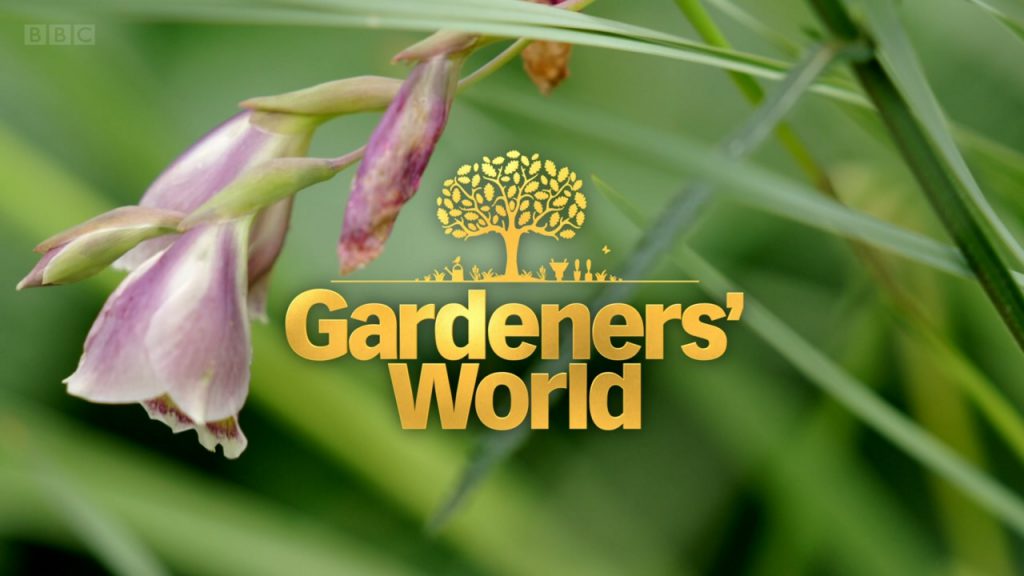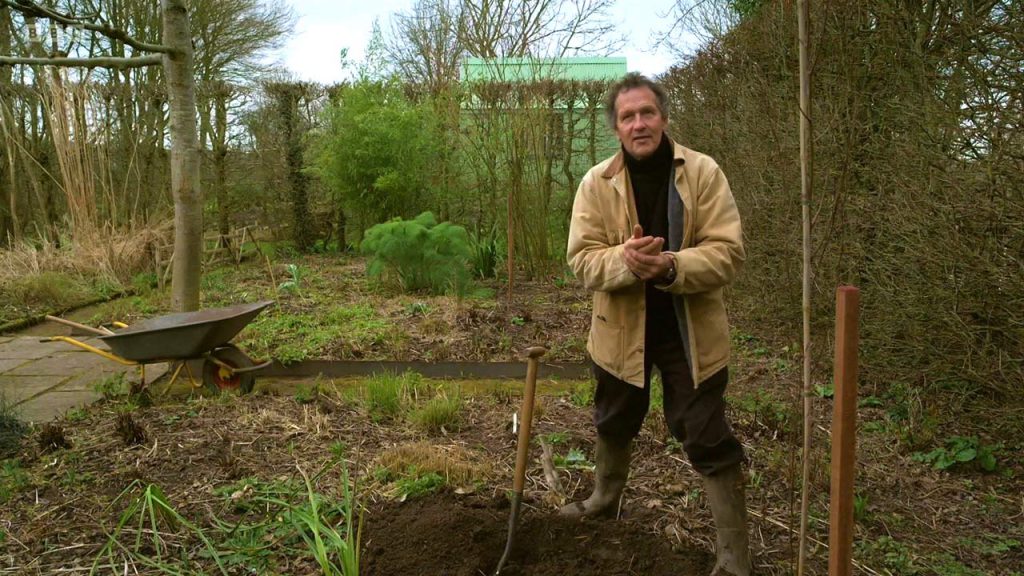Gardeners’ World 2022 episode 10 taps into the growing fascination with houseplants, offering a special program dedicated to the joys of indoor gardening from the beautiful Oxford Botanic Garden. Hosts Frances Tophill and Nick Bailey delve into the vibrant world of houseplants, showcasing their benefits and the creativity they bring into our homes. Rachel de Thame takes viewers to a renowned nursery in Devon that specializes in cultivating the ever-popular orchid. This segment provides an in-depth look at the delicate beauty of orchids, exploring the diverse varieties and offering expert tips on how to care for these exotic blooms to ensure they thrive.
In London, we meet an interior designer who has skillfully incorporated houseplants into his home décor. His innovative use of greenery not only enhances the aesthetic appeal of his living space but also fosters a deeper connection with nature. This feature highlights the therapeutic and design benefits of integrating plants into indoor environments.
The episode also introduces a self-confessed plantaholic in Worcestershire, who gives a tour of his impressive indoor jungle. His home, filled with a wide array of houseplants, demonstrates the transformative power of greenery in creating a lush, vibrant indoor sanctuary. His passion for plants is evident as he shares his favorite species and tips for maintaining a thriving indoor garden.
Another inspiring story comes from Manchester, where a dedicated gardener has transformed his balcony, 18 floors up, into a verdant oasis. This segment showcases the possibilities of urban gardening, proving that even the smallest spaces can be turned into beautiful, functional green areas with the right approach and plant choices.
The episode also explores the latest trends and must-have houseplants, offering practical advice on how to care for them. Viewers will learn about the current favorites in the houseplant world and receive valuable tips on watering, lighting, and general maintenance. Additionally, the program provides insights on how to propagate plants, enabling viewers to grow their own indoor garden for free.
Overall, Gardeners’ World 2022 episode 10 is a celebration of indoor gardening, filled with inspiration and practical knowledge. From orchids in Devon to urban gardens high above Manchester, this episode encourages viewers to embrace the joy of houseplants and transform their living spaces into green havens.
Gardeners’ World 2022 episode 10
Leaf cuttings
Some plants can be propagated from a whole or a part of a leaf. It is an easy way to increase numbers of our favourite indoor plants. Plants such as Streptocarpus, Sansevieria, Eucomis, Sinningia (syn. Gloxinia), Begonia masoniana and B. rex hybrids can be propagated from part-leaf cuttings.
Taking whole leaf cuttings is a suitable method of propagation for plants such as Sinningia (syn. Gloxinia), African violet (Streptocarpus syn. Saintpaulia) and Peperomia. Succulents such as Kalanchoe, Echeveria, and Crassula (for example Crassula ovata – the jade plant) are very successful when propagated by leaf cuttings. Tender sedums (e.g. Sedum rubrum, Sedum hintonii, Sedum morganianum) as well as the hardy herbaceous perennial Hylotelephium spectabile can also be propagated from leaf cuttings.
Leaf cuttings are best taken early in the growing season from spring to early summer, though some can be propagated any time of year.
Always select healthy, young, fully grown foliage. Avoid any damaged, diseased material or leaves affected by pests. Use pot or trays filled with free draining compost such as seed and cutting compost or mix equal quantities of multipurpose compost and sharp sand or perlite.
How to grow Phalaenopsis (moth orchids) – Gardeners’ World 2022 episode 10
Phalaenopsis, or moth orchids, are the most popular indoor orchids, with exotic, long-lasting flowers. They are easy to look after and grow well in centrally heated rooms. These tropical orchids produce exotic displays of showy blooms that last for several months. The flowers come in a range of colours, most often white, pink or purple, but also shades of yellow, peach and burgundy. The petals may be veined, patterned or blotched with a combination of these colours. The tall, arching flower stems can be produced at any time of year and sprout from a clump of long, leathery, evergreen leaves.
These orchids have been widely bred to produce many free-flowering and easy-to-grow hybrids. They grow well as houseplants, enjoying the year-round warmth and filtered light in our homes.
Cymbidium orchid
Cymbidium have highly decorative flower spikes and are one of the least demanding indoor orchids. To flower well, the plants need a distinct temperature drop between day and night during mid- to late summer.
Ensure good light levels all year round, especially in winter. If the plant is kept outdoors in summer, shade it from midday sun. Cymbidium prefers cooler growing conditions than some other tender indoor orchids. Provide winter growing temperatures between 10-14°C (50-57°F). Keep the temperatures below 30°C (86°F) in summer to prevent damage to the plants.
Plants can be kept outdoors from mid- to late summer (often June to September). However, gradually acclimatise the plants to outdoor conditions in order to prevent leaf scorch from cold temperatures or direct sun.




